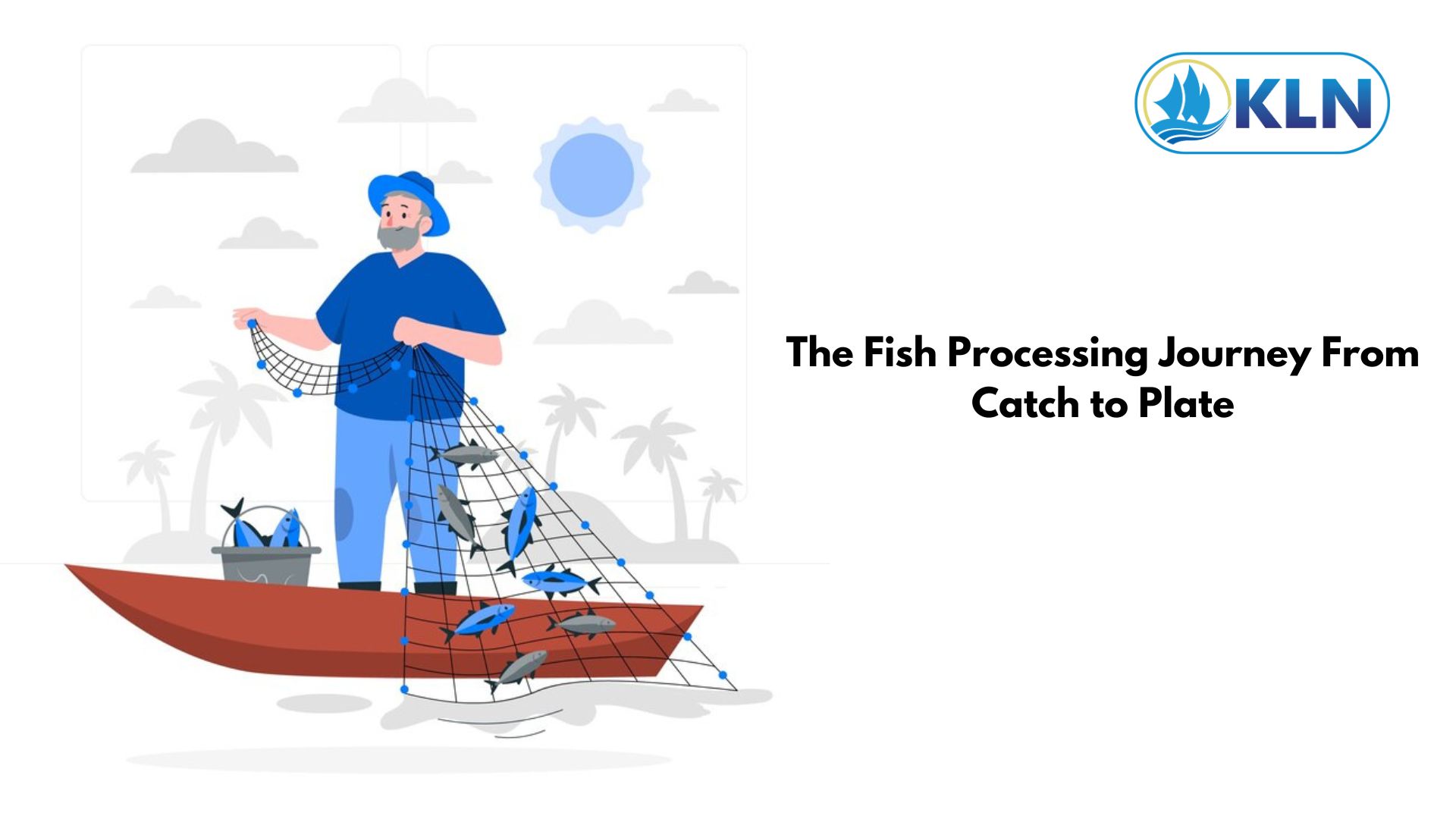The Fish Processing Journey From Catch to Plate
By. Najih - 24 Sep 2024
The journey of fish from the ocean to our plates involves several crucial steps, each contributing to the quality and safety of the final product. Understanding the entire process of fish processing can help consumers appreciate seafood even more and make informed choices.
Step 1 Catching
The process begins with the catching of fish, which can be done through various methods such as trawling, longlining, or netting. Sustainable fishing practices are vital during this stage to ensure fish populations remain healthy and ecosystems are preserved.
Step 2 Initial Processing
Once the fish is caught, it undergoes initial processing on board the fishing vessel. This involves gutting and cleaning the fish to remove internal organs and impurities, significantly reducing the risk of spoilage. Quick and efficient handling is crucial at this stage to maintain freshness.
Step 3 Icing and Refrigeration
After initial processing, fish is often packed in ice or placed in refrigerated containers to preserve its quality during transport. Maintaining a low temperature is essential to prevent bacterial growth and ensure that the fish remains safe for consumption.
Step 4 Landing and Further Processing
Once the fish reaches shore, it is landed and undergoes further processing, which may include filleting, skinning, and deboning. These processes are crucial for creating market-ready products and often depend on consumer preferences.
Step 5 Quality Control
Quality control measures are implemented to ensure that the fish meets safety and quality standards. This includes sensory evaluations, microbiological testing, and checking for proper storage conditions. Ensuring quality at this stage is critical for consumer satisfaction.
Step 6 Packaging
Proper packaging is essential for preserving the quality of the fish. Vacuum sealing, for instance, helps to extend shelf life by reducing exposure to air. Labeling also plays a key role, providing consumers with essential information regarding freshness, origin, and best-before dates.
Step 7 Distribution and Sale
After processing and packaging, the fish is distributed to various retail outlets, restaurants, or directly to consumers. This stage emphasizes the importance of maintaining cold chain logistics to ensure that the fish remains fresh until it reaches its final destination.
Step 8 Preparation and Serving
Finally, the fish reaches your kitchen or favorite restaurant. Cooking techniques can vary from grilling and frying to baking and steaming, each enhancing the fish's natural flavors. Proper cooking methods also ensure that the fish is safe to eat.
.jpg)
The Impact of HACCP-Based Integrated Quality Management Programs on the Quality and Competitiveness of Fresh Demersal Fish Products
 and Employee Productivity on the Demersal Fish Processing Floor.jpg)
The Correlation Between Occupational Health and Safety (OHS) and Employee Productivity on the Demersal Fish Processing Floor

.jpg)




